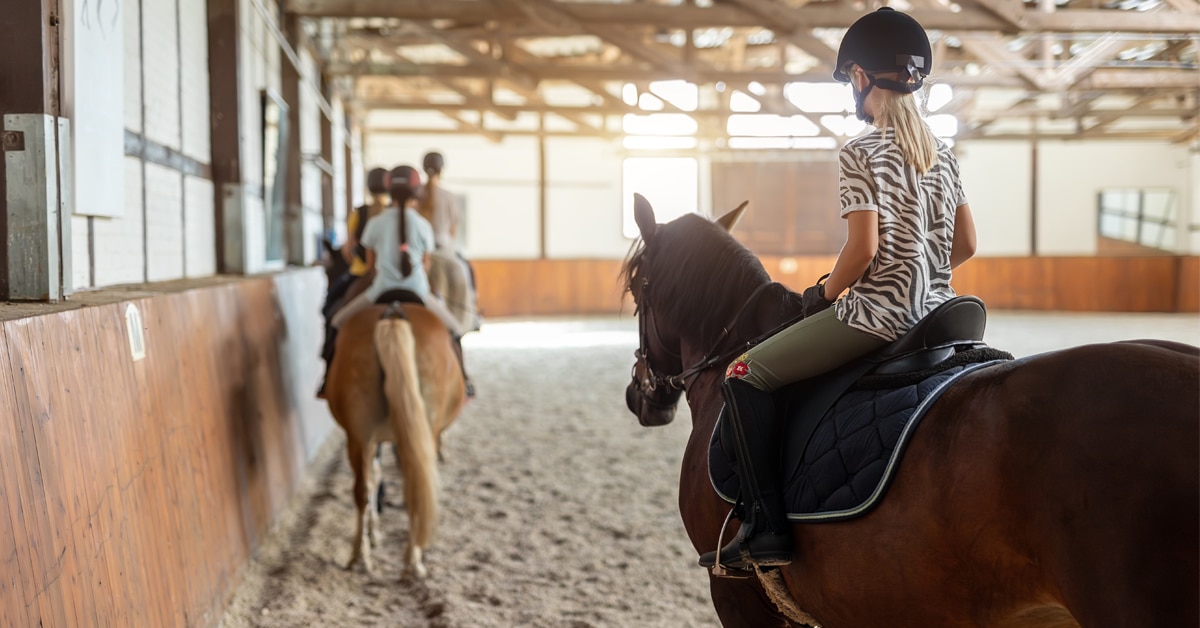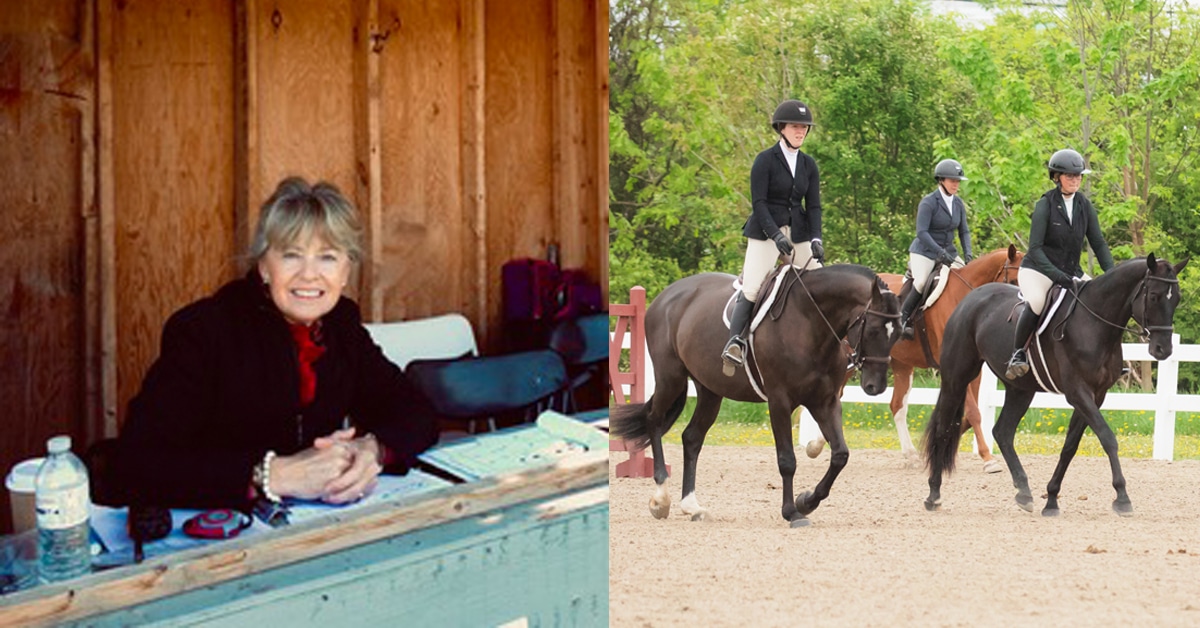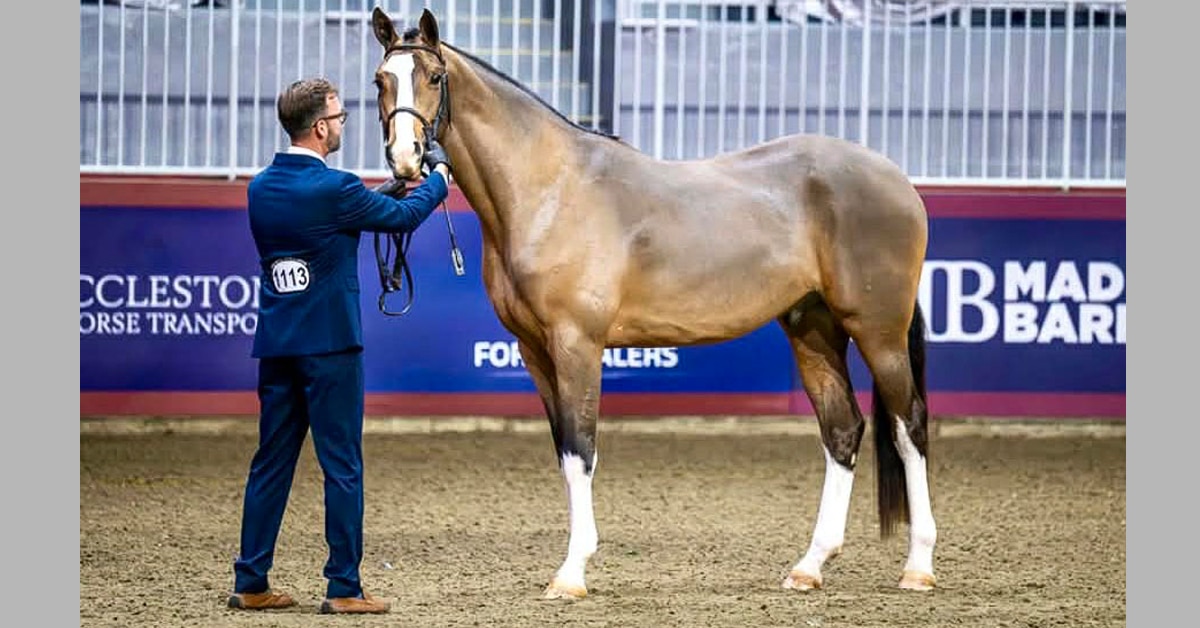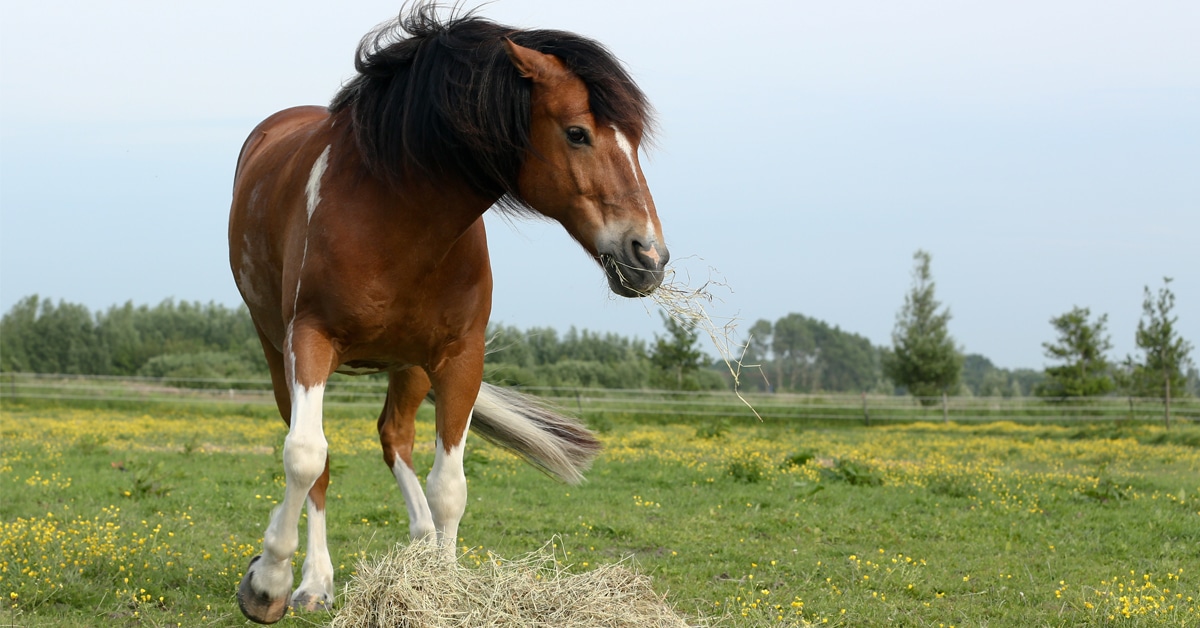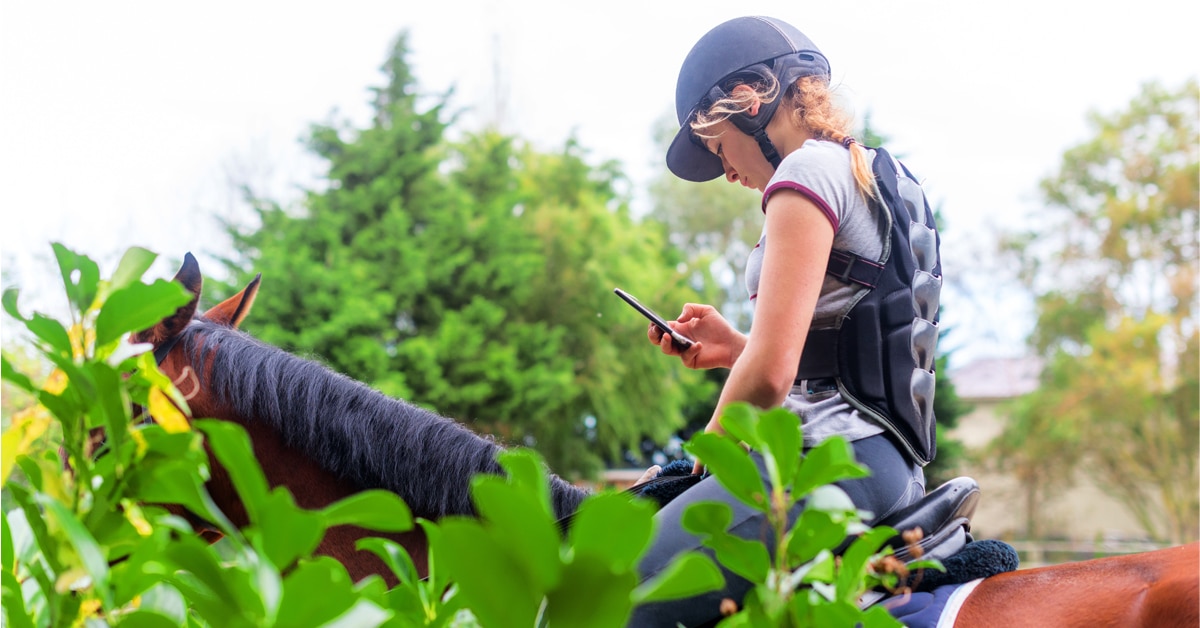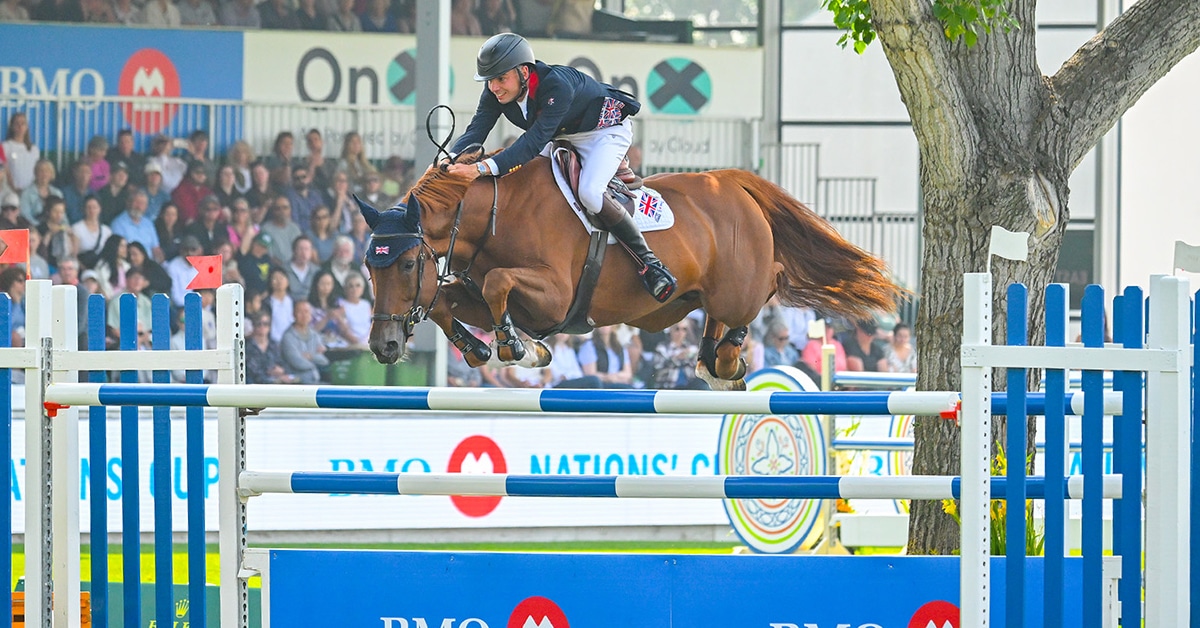Growing research and ethograms detailing pain signs in horses are shedding light on what has long been silent suffering, but the normalization of pain has been so prevalent in the horse industry it remains largely misunderstood. Despite several studies over the past decade confirming specific facial expressions and behaviours that commonly indicate horses in pain, our culture is saturated by centuries of art romanticizing those very qualities: angled eyes, gaping mouths, hyperflexed necks, and so on. These and other pain signs are so normalized that even when communicated with warning signs and undesirable behaviours (pinned ears, swishing tail, pawing, etc), they’re often either overlooked or the horse is blamed for having a ‘bad attitude’.
While anthropomorphizing has had its place in helping to bridge a deeper compassion between horse and human, so too has it contributed to tropes of horses scheming to get out of work by faking lameness, plotting harm against handlers (ex: when they see the saddle coming), and the like. It’s an unfortunate yet commonplace punchline to write off mares exhibiting signs of discomfort or agitation as being “mare-ish” or dismiss a certain horse as always being grumpy. These tropes are reaffirmed especially if the horse is chestnut à la the “fiery redhead” stigma. However, without a well-developed frontal lobe, horses cannot plot or scheme or fake injury; they are not typically grumpy animals; and there’s no scientific evidence to support the idea that a horse’s colour affects their behaviour. As such, these sorts of behaviours warrant investigation.
When Good Horses Misbehave
Sudden or gradual changes in behaviour are often the first sign something is amiss or uncomfortable for the horse, even as subtle as tail swishing or head tossing. The horse may be irritable to groom or tack, refuse to stand still at the mounting block, start rushing or refusing to move, and escalate as far as kicking out, bucking, or rearing.
In the must-read article When Good Horses Say “No”, Antonia Henderson describes many of the physiological and psychological reasons for changes in a horse’s behaviour. While symptoms of pain are often predominantly expressed as behavioural (teeth grinding, biting, pawing) or expressed as potential training challenges (head tilting, pulling bit, inconsistent gaits, etc), the root cause can vary significantly. Until the cause is addressed and resolved, the behavioural issues (and underlying source of pain) are prone to worsen.
Recognizing Pain
In a webinar with World Horse Welfare (see below), Sue Dyson, a renowned equine orthopedic clinician and veterinarian, explains that horses are far more likely to suffer from musculoskeletal pain than we realize. Because horses as prey animals will not readily reveal their vulnerabilities, it’s actually easier to diagnose pain than it is to rule it out. They are remarkably adept at compensating through subtle and not-so-subtle changes in their posture and movement, and unfortunately, many horse owners and caretakers don’t seem to recognize when horses are in pain.
A 2013 study evaluating 161 horses at 17 different equestrian centres around France found that caretakers of riding school horses grossly underestimated (by 37-85%) how many of their horses suffered from back pain. The researchers noted distinct differences between riding centres. Some had only a few horses with back pain, while in other stables nearly all the horses had pain. The stables with the lowest percentages of horses in pain were where caretakers actually overestimated the percentage. Conversely, the highest percentages of horses in pain came from stables where caretakers assumed the horses were mostly fine. Overall, nearly 50% of all horses evaluated suffered from back pain.
The results of this study suggest that it may be beneficial to give the horse the benefit of the doubt if pain is suspected, as the likelihood is high.
“Pain Face”
Being able to recognize key features of a horse in pain could empower owners and riders to have their horses assessed before issues worsen. Although there are nearly limitless ways a horse may express themselves when in discomfort, the equine pain face is characterized by angled or triangular eyes, tension of the muzzle, chin, and lips, mediolaterally (sideways) dilated nostrils, ‘low’ and/or ‘asymmetrical’ ears, and a withdrawn and/or tense stare. A horse may exhibit any combination of these. (Gleerup, K. et al. 2014)
Additionally, the flehmen response (curling of the upper lip) – more widely recognized as a means for a horse to analyze smells – is also a potential pain sign. It’s worth noting the circumstances under which a horse exhibits this behaviour as it is known to indicate gastric discomfort (which can be irritated by exercise) and should be taken seriously especially if associated with colic symptoms.
Pain-related Behaviours
Over the past decade, Dyson has conducted several studies with her research team, effectively narrowing down and confirming 24 behaviours for the Ridden Horse Pain Ethogram (RHpE) with a very strong correlation to indicating pain (see video abstract below). These behaviours are 10 times more common in horses suffering from musculoskeletal pain. Dyson and her team confirmed that if a horse exhibited a RHpE score of at least 8/24, the horse was undeniably in pain. Even with scores of less than 8, some horses were still found to have musculoskeletal pain. These findings were confirmed with immediate and significant reduction in RHpE scores when the horses were temporarily nerve-blocked to alleviate their pain.
As the most mobile part of the horse’s body, the positioning of the head and neck can tell us a lot about how the horse is feeling while being ridden. In her research, Dyson found that many of the behaviours for the RHpE are related to the positions and activity of the head and neck. These include:
- repeated changes of head position (especially if not in rhythm with the gait);
- head tilting, twisting or shaking;
- in front of the vertical by more than 30 degrees;
- behind the vertical by more than 10 degrees;
- and constantly changing head position.
Expanding on the findings of the 2014 study, Dyson confirmed additional potential pain-related behaviours and expressions of the face. Those behaviours to assess a RHpE score include ears held back for more than 5 seconds; frequent blinking, or fully- or half-closed eyes for 2-5 seconds; consistently exposed sclera (whites of the eyes); intense stare or zoning out; opening of the mouth and teeth; exposed tongue; and having the bit pull through the mouth or where the horse leans on one side of the bit.
If the tail is clamped, stiff, held to one side, or swishing with large movements or through transitions, these are potential indications of pain.
Additionally, behaviours long thought to be strictly behavioural/training-related that may in fact indicate pain include:
- rushing;
- reluctance to move forward;
- a sluggish gait;
- three-track canter, or where the hind end is not following the tracks of the front end;
- disunited or consistent leg changes in the canter;
- spontaneous changes of gait;
- stumbling, tripping, or dragging of the hind toes;
- sudden changes of direction against rider’s direction and spooking;
- rearing or bucking.
Any combination of any number of these behaviours, especially if more than eight, are strong indicators of pain and warrant veterinary examination. Similarly, these behaviours and facial expressions could be used to assess the welfare status of performance horses during testing as discussed of hyperflexion in Studies Reveal Dressage Judges Reward BTV Head Carriage.
Saddle Slip & Hindlimb Lameness
Saddles may consistently slip to one side for various reasons including crooked riding, improper fit, and asymmetry in the horse’s thoracolumbar shape – but there is also a strong correlation of saddle slip with hindlimb lamenesses.
A 2012 study of 128 horses observed lateral slip of saddles and found that saddles slipped in 54% of horses with hindlimb lamenesses, compared with only 4% for forelimb lameness, and 0% for back pain or sacroiliac joint pain. In 86% of the cases, the saddle slipped to the same side as the lameness. Using diagnostic analgesia to eliminate the hindlimb lameness, 97% of the saddle slip cases were corrected. The two horses that continued to have saddle slip also had lamenesses affecting the forelimbs, and both saddles were asymmetrically flocked. (L. Greve, S. Dyson) The results of that study were significant enough to prompt deeper research into types of lamenesses.
The follow-up study in 2013 looked at 506 sport horses in normal work. The saddle consistently slipped to one side in 24.4% of horses with only hindlimb lameness, 45.5% of horses with concurrent forelimb and hindlimb lamenesses, 5.4% with forelimb-only lameness, 17.4% with stiff or stilted canter, 20% with quadrilaterally reduced cranial phase of stride (when the legs are reaching forward), and 5.5% non-lame horses. Of the 19 horses with saddle slip but no detectable hindlimb lameness, 14 of them had gait abnormalities, particularly in the canter.
Even though there are multiple potential factors affecting saddle slip, it’s significantly associated with hindlimb lameness and gait abnormalities. Since many horses with hindlimb and/or forelimb lameness go unrecognized, saddle slip may warrant investigation for issues of the hindlimbs, especially if associated with any of the behaviours of the RHpE.
Early identification of musculoskeletal pain by recognizing pain signs and behaviours can prevent conditions from worsening and promote welfare while reducing safety risk to the rider. Although it can be difficult to determine if our horses may be silently suffering when signs are subtle enough that it might just be behavioural, giving your horse the benefit of the doubt and having them assessed by a knowledgeable professional can go a long way for their long-term well-being and nurture a more compassionate relationship with your horse.
The Latest
